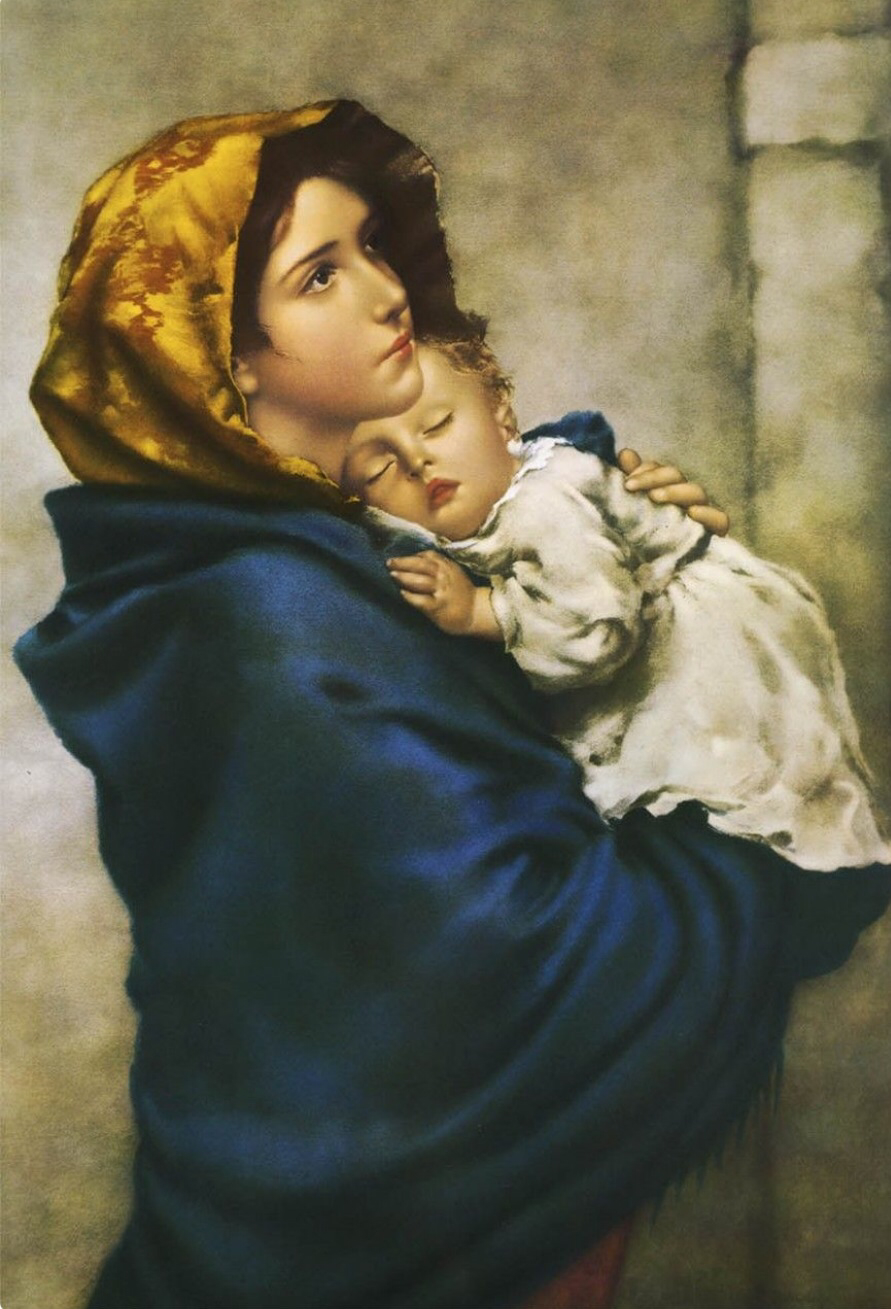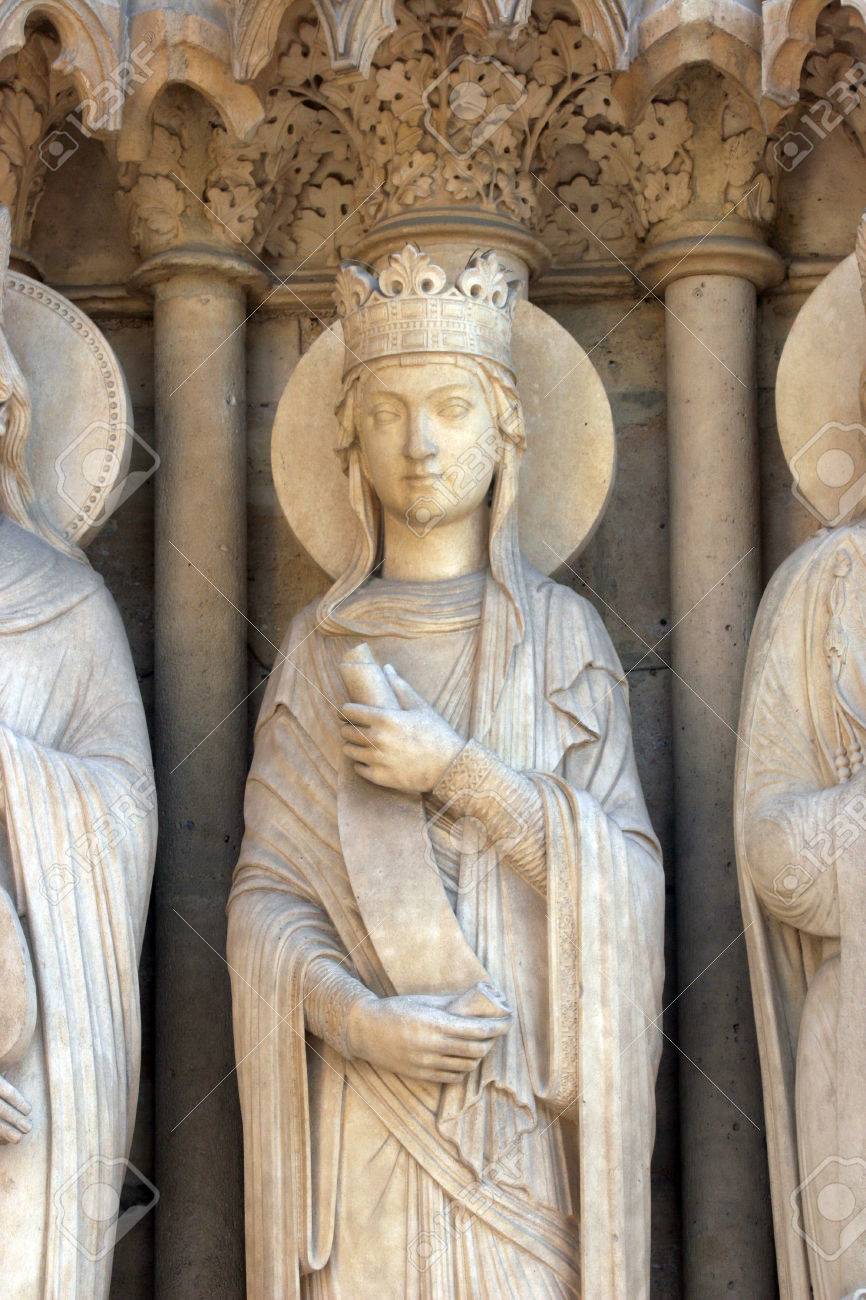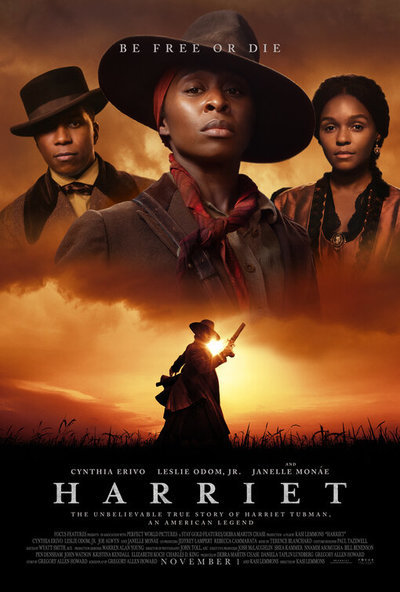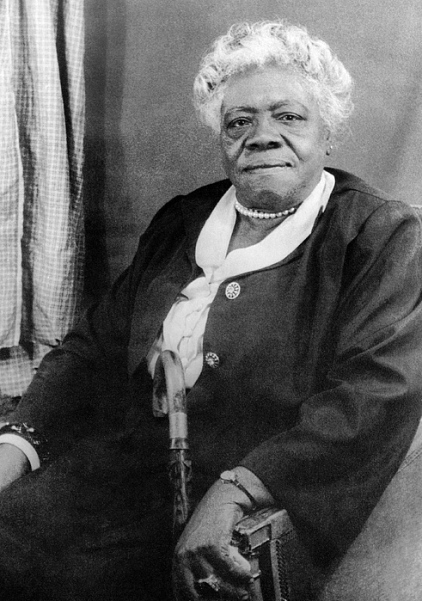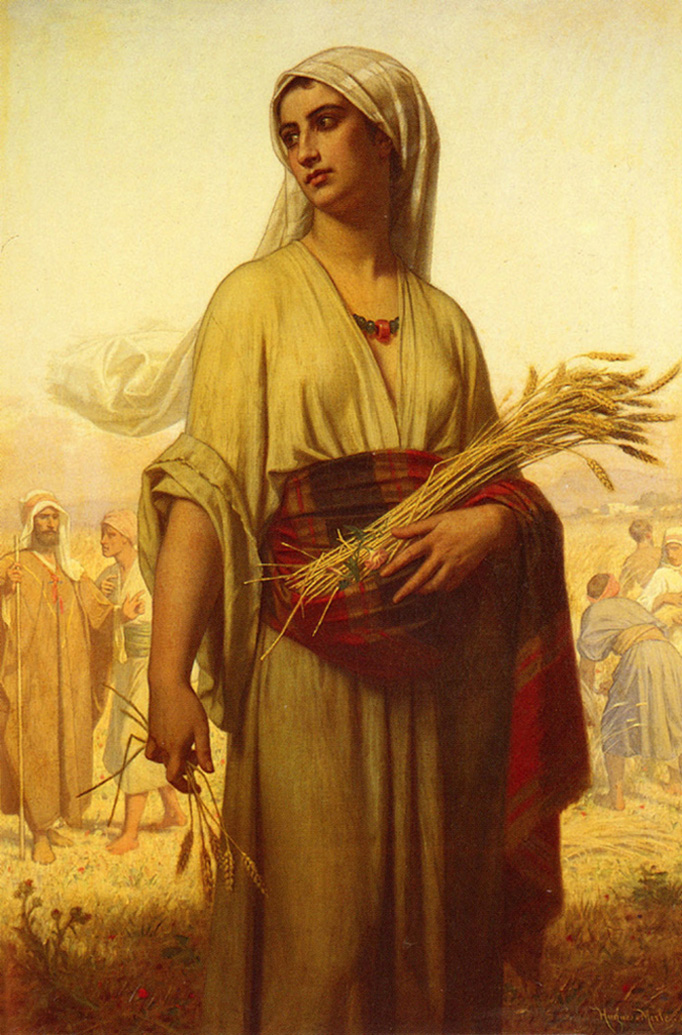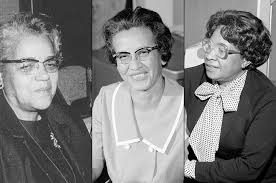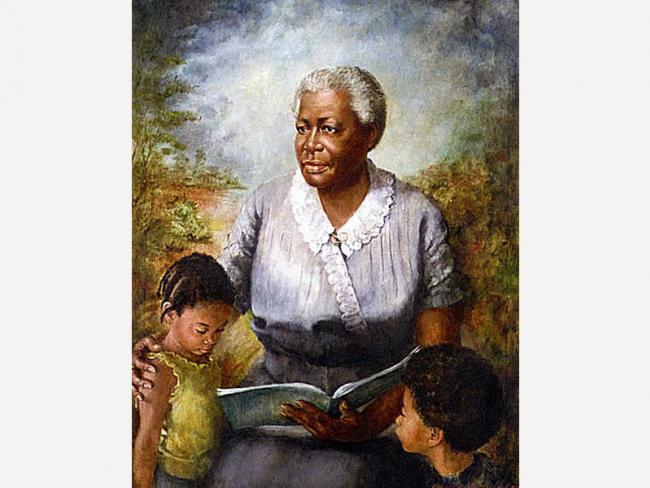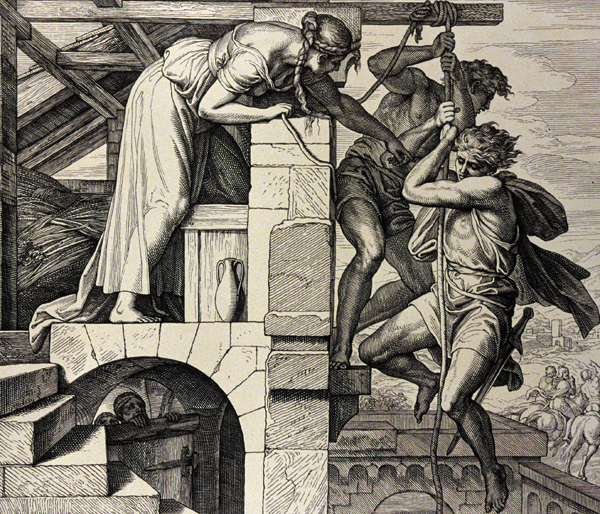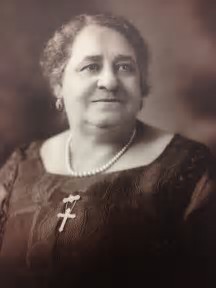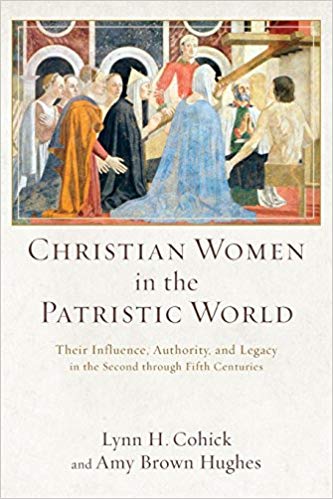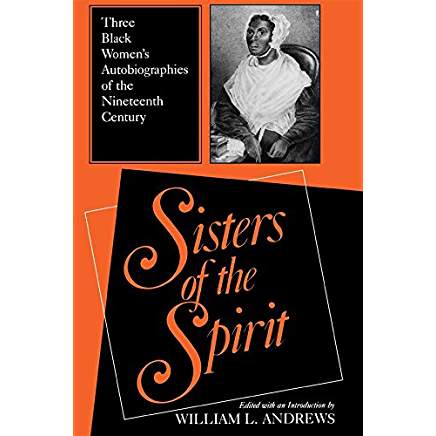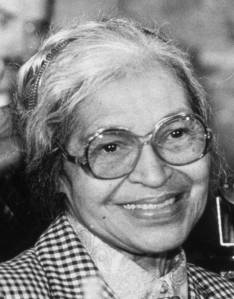
Rosa Parks – Mother of the Civil Rights Movement
We cannot recount the stories of so many courageous black women without telling the story of Rosa McCauley Parks (1913 – 2005). Last fall we left off with the stores of Mary McLeod Bethune, educator and leader, and we reviewed the achievements of Katherine Johnson, Dorothy Vaughan, Mary Jackson, in the space industry and depicted in the movie “Hidden Figures”.
A significant story for our post today is that of Ida B. Wells (See post October 3, 2019).
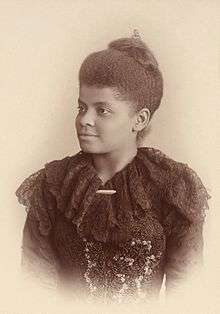
Recall that Ida B. Wells took her stand for freedom in 1884 while riding on a train. Ida suffered humiliation and abuse as a black woman. Ida was riding the train between Memphis and Nashville. She had bought a first-class ticket and expected to use it. Ida got into the first-class compartment for whites only. The train officials told her to get in the “Negro”[1] car instead and she refused to move. The railway men physically removed her. Ida sued the railroad and won a settlement, but the Tennessee Supreme Court overturned it. Ida B. Wells had been an activist seventy years before Rosa Parks.
Following in Ida’s footsteps, In 1955, Rosa Parks refused to go to the back of a bus where the “colored” people were supposed to sit. Rosa’s act of defiance was the beginning of the Civil Rights movement in the United States.
Rosa McCauley was born in Tuskegee, Alabama on February 4, 1913. She met Raymond Parks and they married when she was 19 years old. They lived in Montgomery Alabama.
Raymond was a barber and Rosa worked at a department store. She joined the National Association for the Advancement of Colored People (NAACP) in 1943. She was the secretary for the organization.
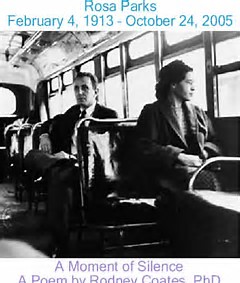
During this period of time, segregation laws forced black people to sit at the back of buses. If the seats for white people were full, black people had to give up their seats or get off of the bus. On December 1, 1955 Rosa got on the bus after work as usual and sat in the black section. As the bus began to fill up the bus driver moved the “colored” sign further back and told Rosa to move back. She refused. The bus driver got off and called for the police.
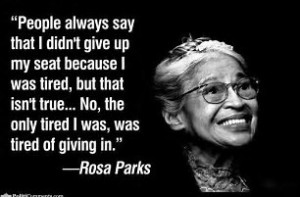
Rosa was arrested and charged with breaking Montgomery’s segregation laws. She went to jail until some friends could bail her out.
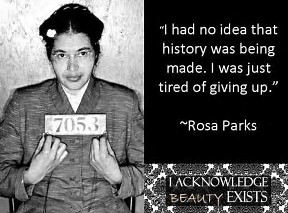
Inspired by her courage and the preaching of Martin Luther King Jr., a bus boycott began. Beginning on Monday, December 5 thousands of people stayed off of the buses. They found other ways to get to work sometimes even walking for miles. The bus companies began to lose a lot of money. After 381 days the city of Montgomery got rid of the busing segregation laws. This was a huge victory for the Civil Rights movement.
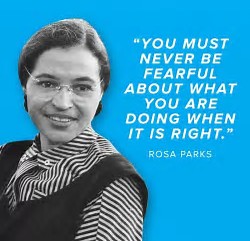
But it caused hard times for Rosa and Raymond.
They both lost their jobs. They suffered harassment and threat of bodily harm. Finally, they made the decision to move to Detroit, Michigan.

As the Civil Rights movement grew Rosa continued to work for equality for African Americans. In 1987, Rosa founded the Rosa and Raymond Parks Institute for Self Development. She also received many awards including the Presidential Medal of Freedom from President Clinton in 1996. In 1999, she received the Congressional Gold Medal.
Rosa died at age 92 on October 24, 2005. She was honored greatly by being buried at the United States Capitol Building in Washington, D.C. More than 50,000 people attended her ceremony.
Rosa is one of those people whose lives changed history. She is a hero to all.
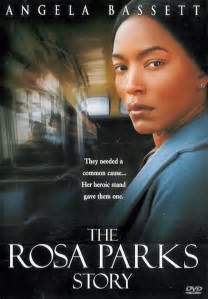
I watched a movie produced about Rosa Parks starring Angela Bassett called “The Rosa Parks Story”. It was released in 2002 by Xenon Pictures. It was beautifully done. Rosa was just an ordinary person who took an extraordinary stand against injustice.
The movie tells of her early life, romance, and marriage. The struggles that Rosa went through affected her relationship with Raymond, but they weathered the storms together. I hope you will see the movie. You will be inspired and touched.
[1] In the 1800’s African Americans were referred to as “Negroes” or Blacks. In the mid-twentieth century the term “colored” was common. In these posts we use the term “African-American” women which many prefer.
